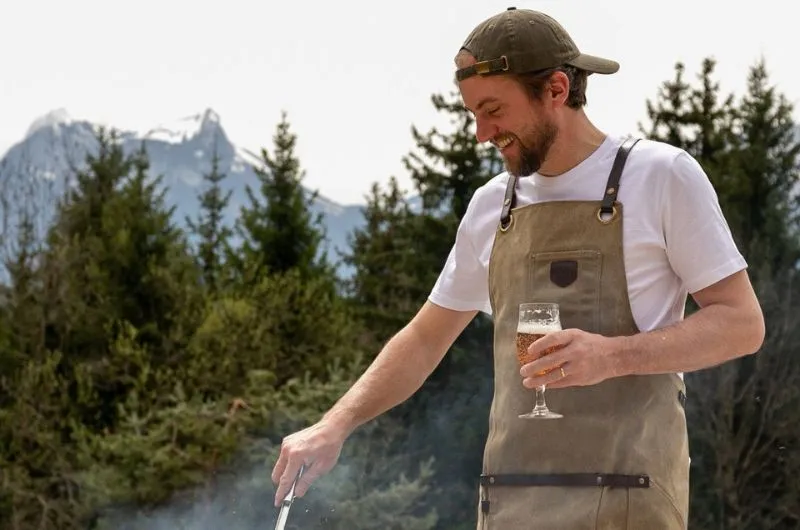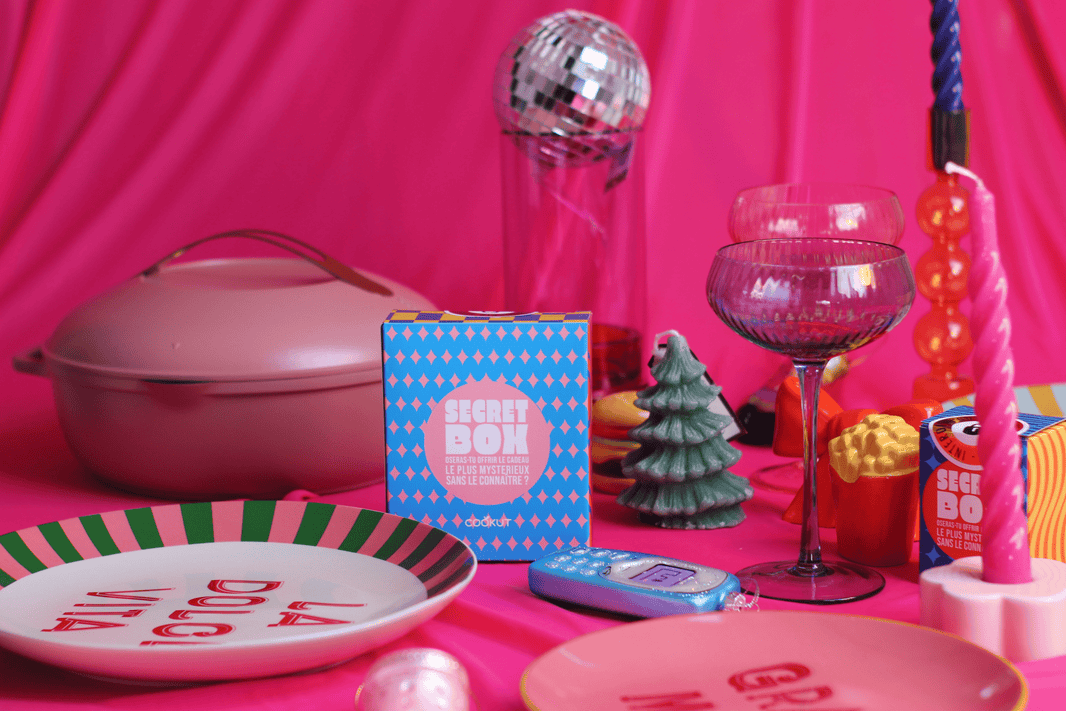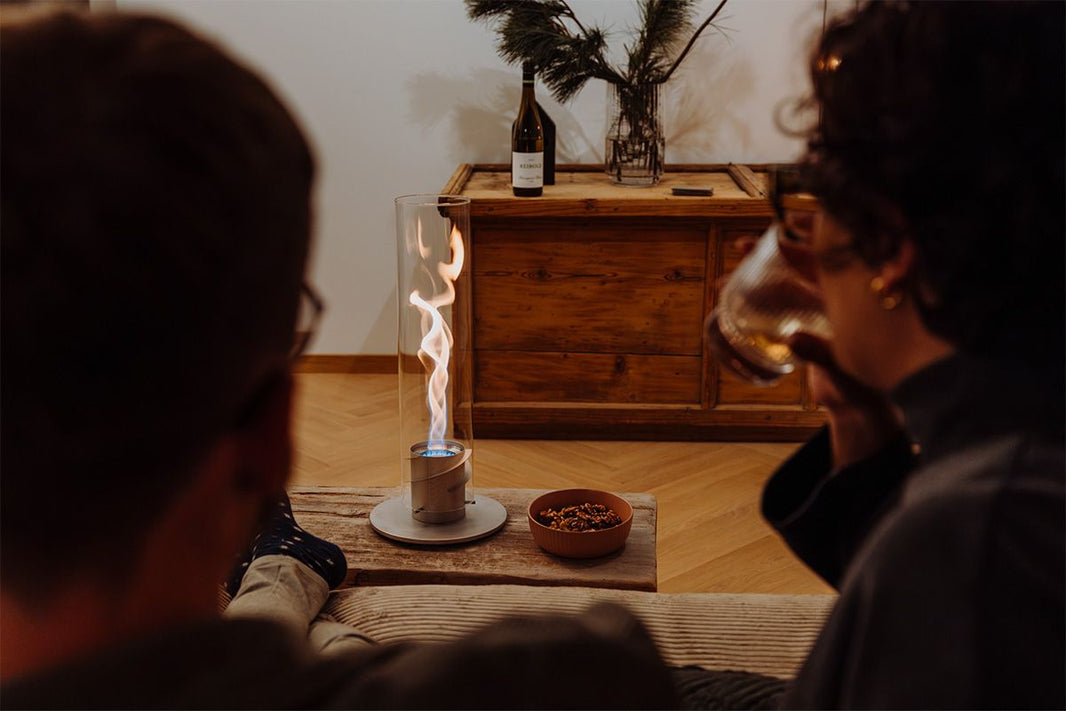As the summer months return, the desire for barbecue is becoming more and more pressing! But what is the origin of one of the most popular sunny day activities? Find out about this (and more) in our barbecue article!
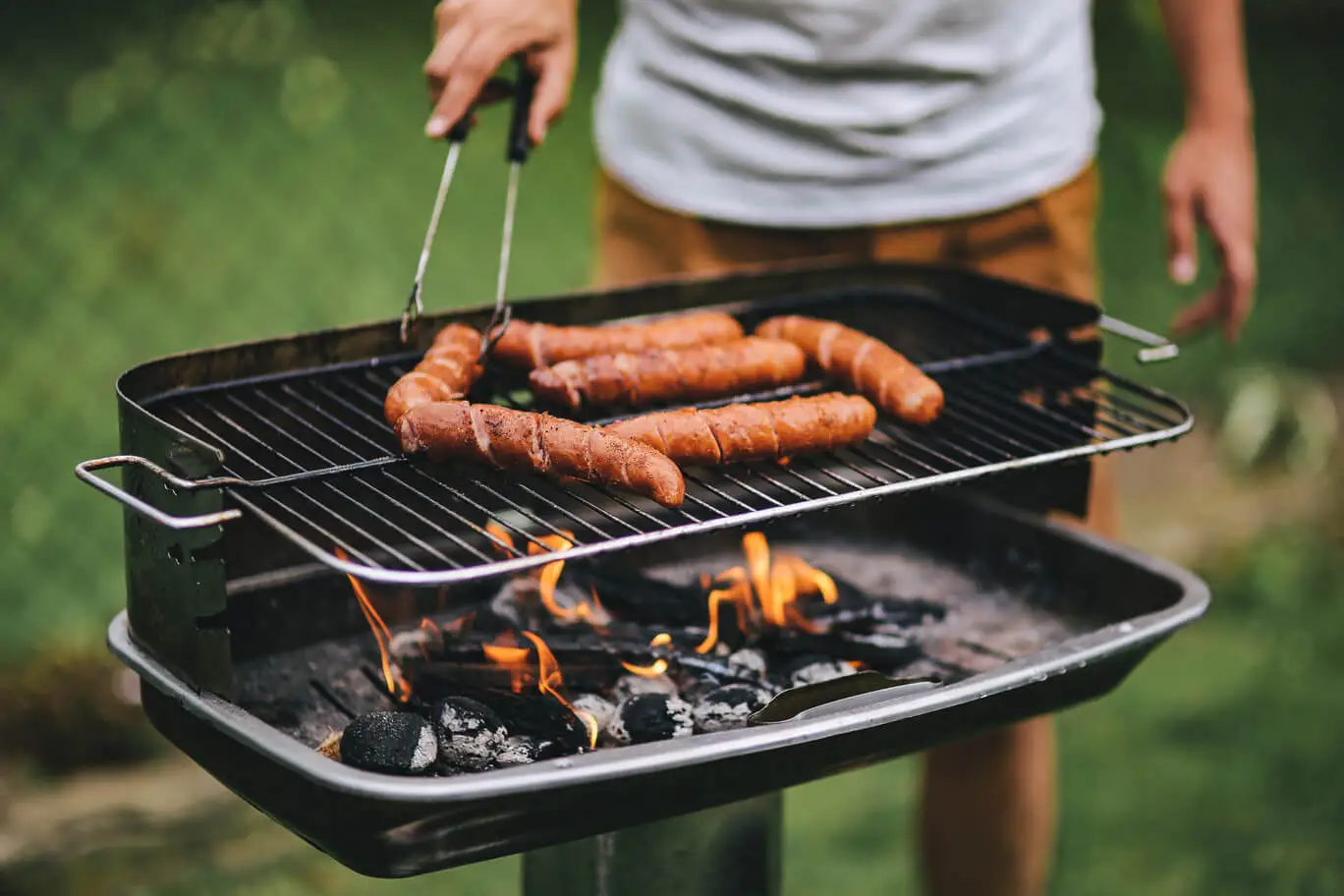
What is Barbecue?
Barbecue is a popular culinary practice designating both a cooking appliance, but also the social activity it represents.
The barbecue (or BBQ for short) is practiced outdoors and is based on simple principles: a heat source and a grill (or a spit) allowing food to be cooked or grilled.
The significant release of smoke and the odors caused by cooking meat make this practice an activity reserved for the outdoors. Barbecue is very close to "grillade" or grill, and the two are often confused.
The term barbecue (or BBQ) refers not only to the meal itself, but also to the social event it represents!

The complex history of barbecue
The Origin of the Word Barbecue
Like many culinary and cultural practices, the origin of barbecue is subject to debate, but the most commonly accepted hypothesis would be the following:
The word “barbecue” would come from an Arawak word designating a wooden grill used to roast or smoke meat. It would be a corruption of the Native American word "Barabicu", which would then have been transformed into "barbacoa" by the Spaniards.
It was therefore the Spanish who modified the original term upon their arrival in the Caribbean and made it their own. The name was then able to spread to other regions of the world, notably in North America, where the practice of making barbecues quickly became very popular.
 The buccaneers would be the first to popularize the term
The buccaneers would be the first to popularize the term
According to another version, less likely, the term "Barbecue" comes from a story recounting the adventure of two French explorers who ate a goat from the beard to the tail. The English language would have transformed the expression "from beard to tail" into "Barbecue". The truth of this story is completely unproven, and this second version of the origin of the word is less popular than the first.
Returning to the rise of the word itself: according to the Oxford English Dictionary, the first recorded use in modern form dates from the mid-to-late 17th century. New World buccaneers dried and smoked their meats using large wooden grills, as reported by the famous English adventurer William Dampier. The word is said to have passed from Spanish, to French and to English, so that it is difficult to say with certainty its origin.
The Rise of Barbecue around the world
In America, the practice experienced a surge in popularity, particularly during the Conquest of the West at the end of the 20th century. Barbecue will gradually become an activity recognized as typically American.
After World War II, barbecue crossed oceans as the American Way of Life spread. The culinary activity will quickly become popular in Europe as well. France and Germany are among the countries with the highest consumption of this outdoor activity.

The rise of the American Way of Life contributed to the popularity of barbecue. (If you want to know more, do not hesitate to consult our article dedicated to Pop Culture .)
Today, the word "barbecue" is widely used and the practice has become one of the great seasonal activities that are naturally linked to good weather and the beautiful season, a bit like raclette for the winter period.
“Barbecue” not only refers to the fact of cooking the meal in this way, but can also refer to the object itself, but also to the social activity it represents. There are of course many variations and variations of the practice, grills, barbecues, roasts, entirely vegetarian barbecues... so it would take too much time to try to be exhaustive!
The different types of barbecues
- Charcoal barbecue: This is a traditional barbecue where the main fuel is charcoal. It provides a characteristic smoky flavor to foods.
- Gas barbecue: This type of barbecue uses propane gas or natural gas as fuel. It is often easier to light and control than a charcoal barbecue.
- Electric barbecue: Electric barbecues work by using electricity to heat heating elements or cooking plates. They are convenient for use indoors or in tight spaces. Their use is also less “technical” than that of classic barbecue.
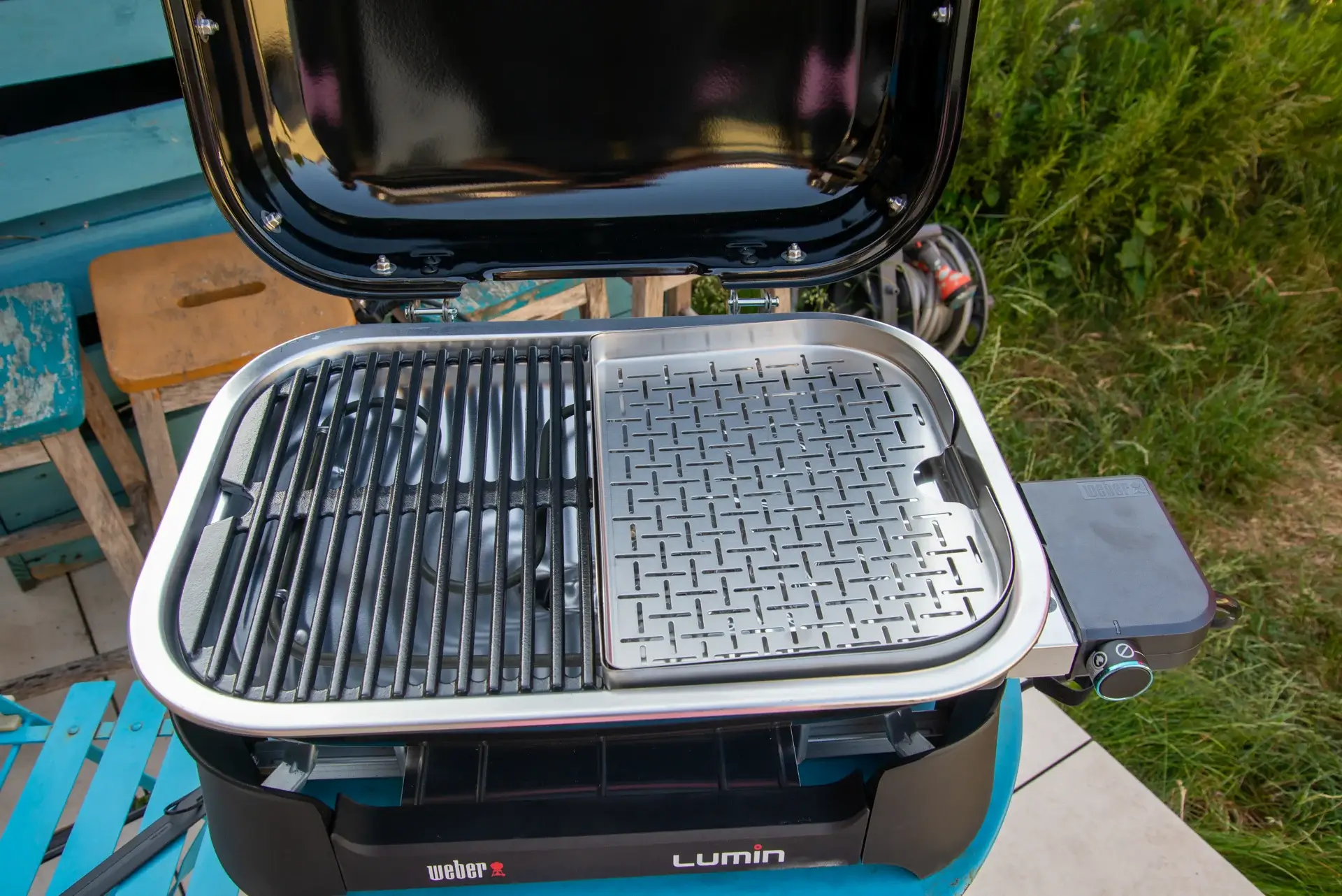 An electric barbecue!
An electric barbecue!
- Pellet barbecue: this type of barbecue uses wood pellets as fuel. It offers a rich smoky flavor and can be electronically controlled for more precise cooking.
- Rotisserie Barbecue: This type of barbecue uses a rotating mechanism to rotate the meat above the heat source, resulting in even cooking and delicious flavor.
Each type of barbecue has its advantages and disadvantages, and the choice often comes down to personal preferences for flavor, convenience and intended use.
Our favorite barbecue accessories
Well, let's be clear: at Hopono we also LOVE barbecue. If we could do it all the time, we really wouldn't mind! To conclude this article, we thought it would be best to present to you some of the objects that we use ourselves when we bring out the good old grids and invite our friends for this big party!
Alaskan Maker aprons and accessories
Do you want to make your friends understand who is the undisputed master of Barbecue even before grilling the first steak? Discover Alaskan Maker canvas aprons.
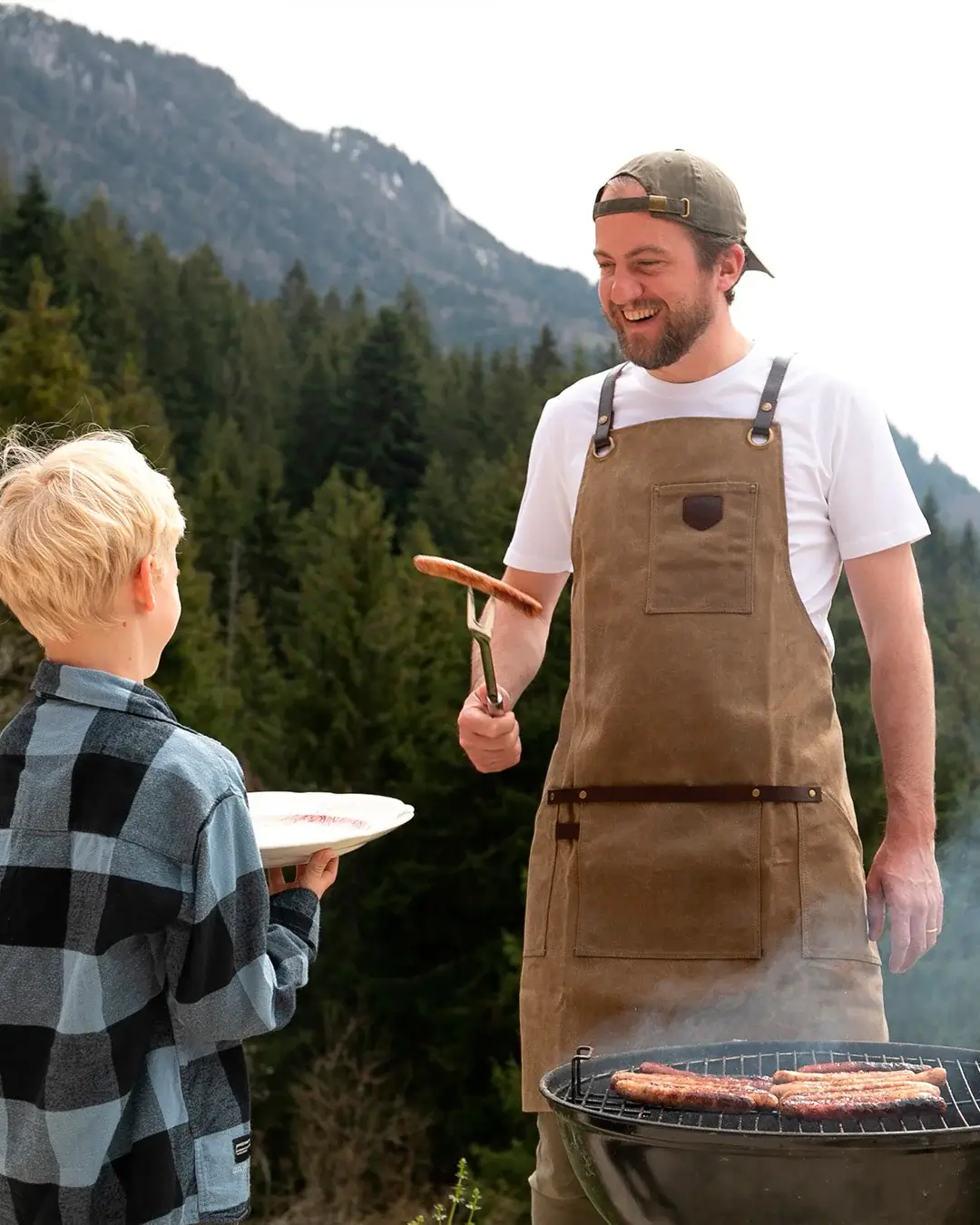 Yes, here is the ultimate barbecue accessory .
Yes, here is the ultimate barbecue accessory .
Made from solid, waxed canvas (canvas treated with wax to make it water-repellent) and with several pockets, this apron is the ideal companion for preparing the barbecue. Its waxed canvas makes it easy to clean with a single wipe and the double seams and its riveted pockets will withstand the various kitchen utensils that you decide to store there.
Discover durable aprons available in wax-treated canvas for a water-repellent effect and better stain resistance:
- The olive green apron
- The Black Apron
- The tobacco apron .
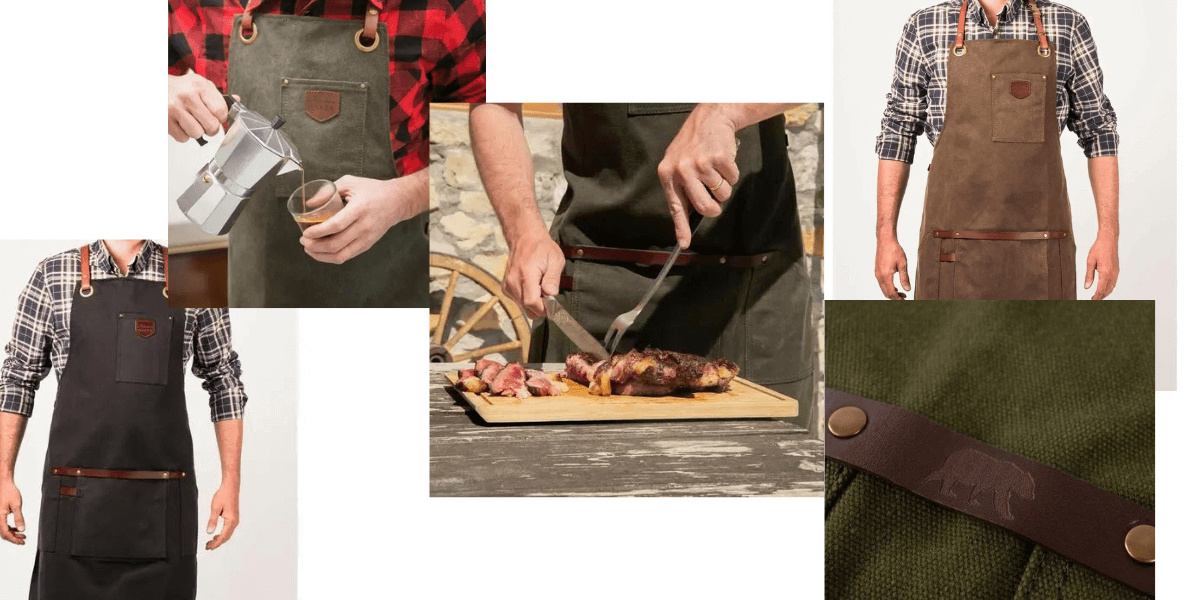
Show everyone who's the boss of the barbecue with canvas aprons from Alaskan Maker. Stain resistant, easy to clean and super durable.
Barebones Lanterns and accessories
Barebones is a universe inspired by American style with lanterns and accessories perfect for outdoor activities. Are you used to continuing the festivities until late in the evening? We have exactly what you need to stay in the authentic atmosphere of a good barbecue by seeing something: Barebones lanterns.
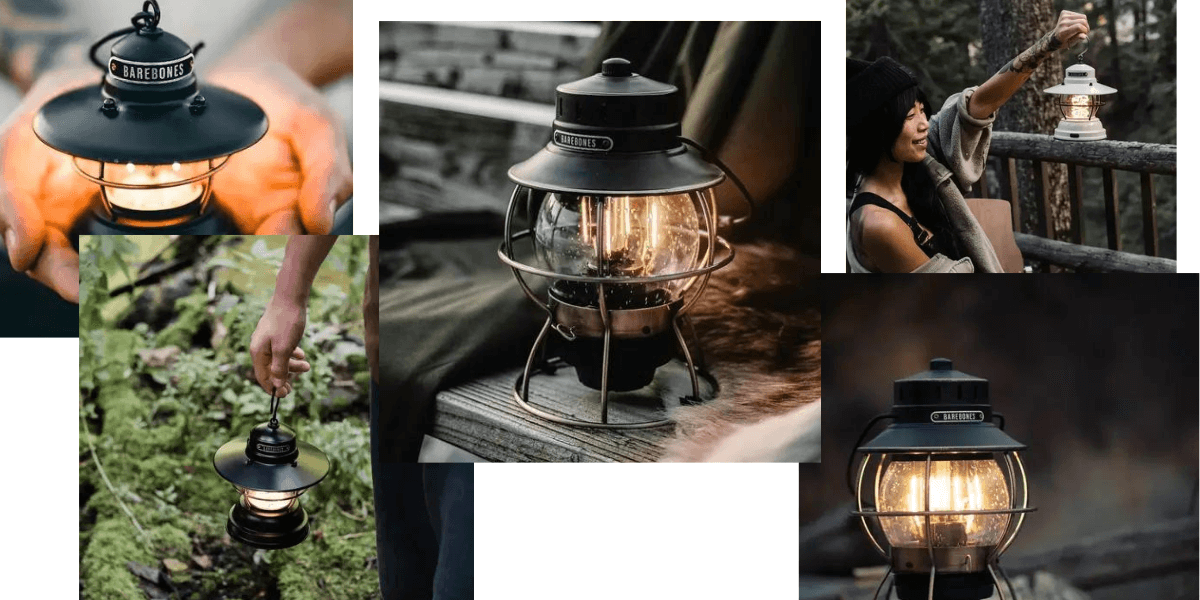
These rustic-looking lanterns provide effective lighting and can even be hung! Versatile and rechargeable with a USB-C cable, they are water resistant and will find an ideal place among your guests.
We also love the Barebones range of enamel tableware , ideal for drinking coffee after a busy barbecue in the garden!
Stetson caps
Do you like the authentic style typical of the barbecue? Find a collection of caps that will go perfectly with Alaskan Maker aprons: Stetson caps. Become the king or queen of the grill with caps that will provide sun protection while complementing your style.
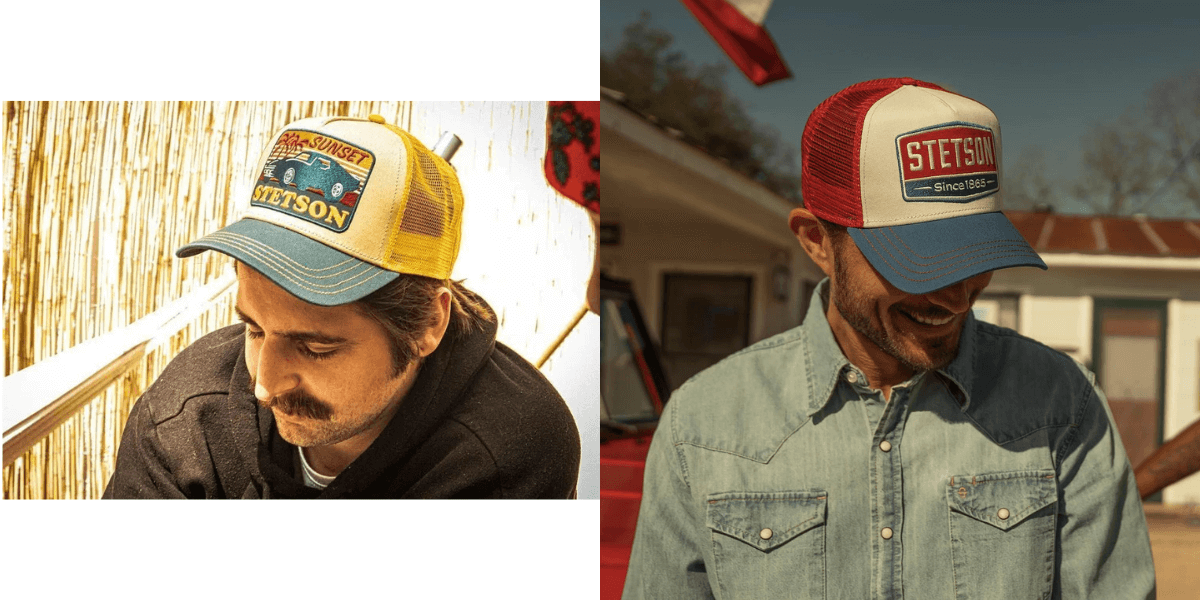
Sporting their classic trucker shape, they are perfect in a spring and summer outdoor setting.
Discover Stetson caps , typically American caps that will complete your special barbecue outfit.
Conclusion
In this article, we went back to the origins of barbecue and saw that the term passed from culture to culture to become what it is today. The practice has become popular worldwide and has now entered popular culture as a popular social activity of the summer season. Whether you opt for grilled fish, good old ribs or vegetarian barbecue, we hope that we have made you want to get the barbecue season off to a flying start as quickly as possible!
